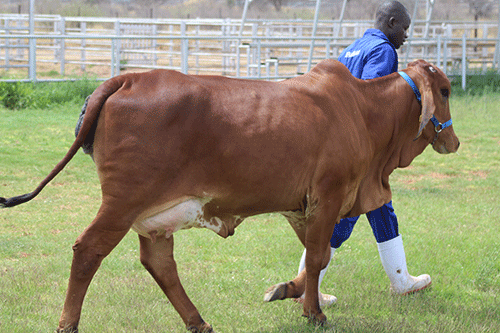With the high demand for fruit, particularly citrus, during the peak Covid-19 infections, Namibia’s fruits inflation remained significantly elevated. This resulted in fruit inflation increasing by 14.9% in December 2021 on the back of increasing demand and low supply.
These figures are according to the Agricultural Bank of Namibia’s (Agribank) market watch for January released last week. The bank notes that only 4% of fruit consumed in Namibia is produced locally. For this reason, investment in fruit production remains crucial for product diversification.
The bank also says that high inflation rates are exerting more pressure on the end consumers who are already struggling from the devastating impact of Covid-19.
“Due to low supply of marketable animals during 2021, the price of meat increased significantly by 11.8%. High prices were observed at both producer and consumer levels. Similarly, challenges faced in the poultry industry translated into an increase in chicken prices on the shelves by 21.4%,” explains Agribank.
Looking at inflation in agriculture products, the agricultural bank states transport inflation remains on an upward trajectory as a result of increased global brent crude prices, while petrol and diesel prices in Namibia surged by 36% in December 2021.
It adds: “Continuous increases in petrol prices have a ripple effect on logistics, particularly farmers who regularly transport agriculture products such as animals to auctions and vice versa. Further increases in petrol prices have a negative impact on the cost of production, resulting into final price inflation pressure on the end consumer. Although high prices might be beneficial to selling farmers, the net return on invest is affected by the high input cost (such as feed)”.
Agriculture is one of Namibia’s most important sectors, with the majority of Namibia’s population dependent directly or indirectly on the agricultural sector for their livelihood.
The sector remained resilient amidst existing and Covid-19 related challenges, expanding by 5.9% in the third quarter of 2021 compared to the contraction of 7.1% in the same quarter of 2020.
According to Agribank, the growth can be attributed to improved land for crop cultivation that posted a double-digit growth of 11.6% and a recovery in livestock farming at 4.6% in 3Q 2021.
The report further states that the overall sector was projected to contract by 1.3% at the end of 2021, due to depressed marketing activities in the livestock subsector. “2022 is expected to improve, as livestock marketing improves on the back of better rangeland vegetation coupled with better rainfall benefiting the crop and agronomy industries”.


